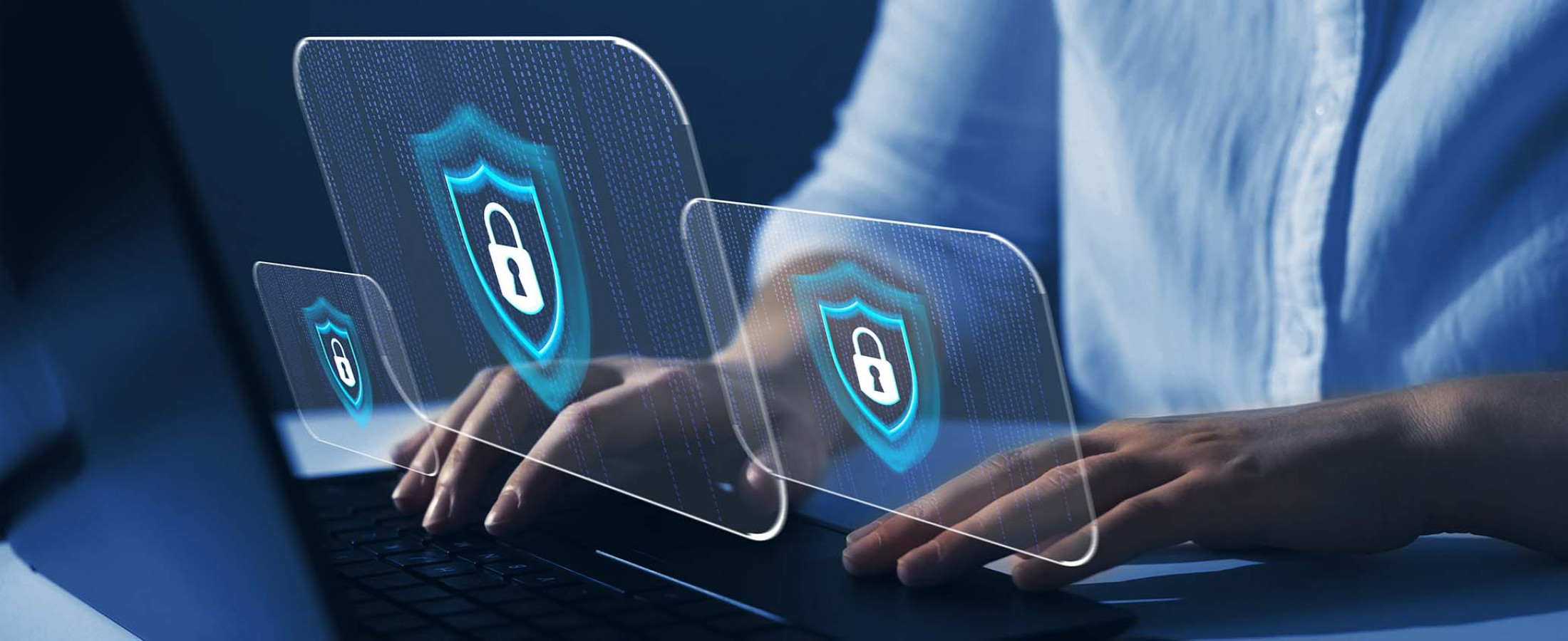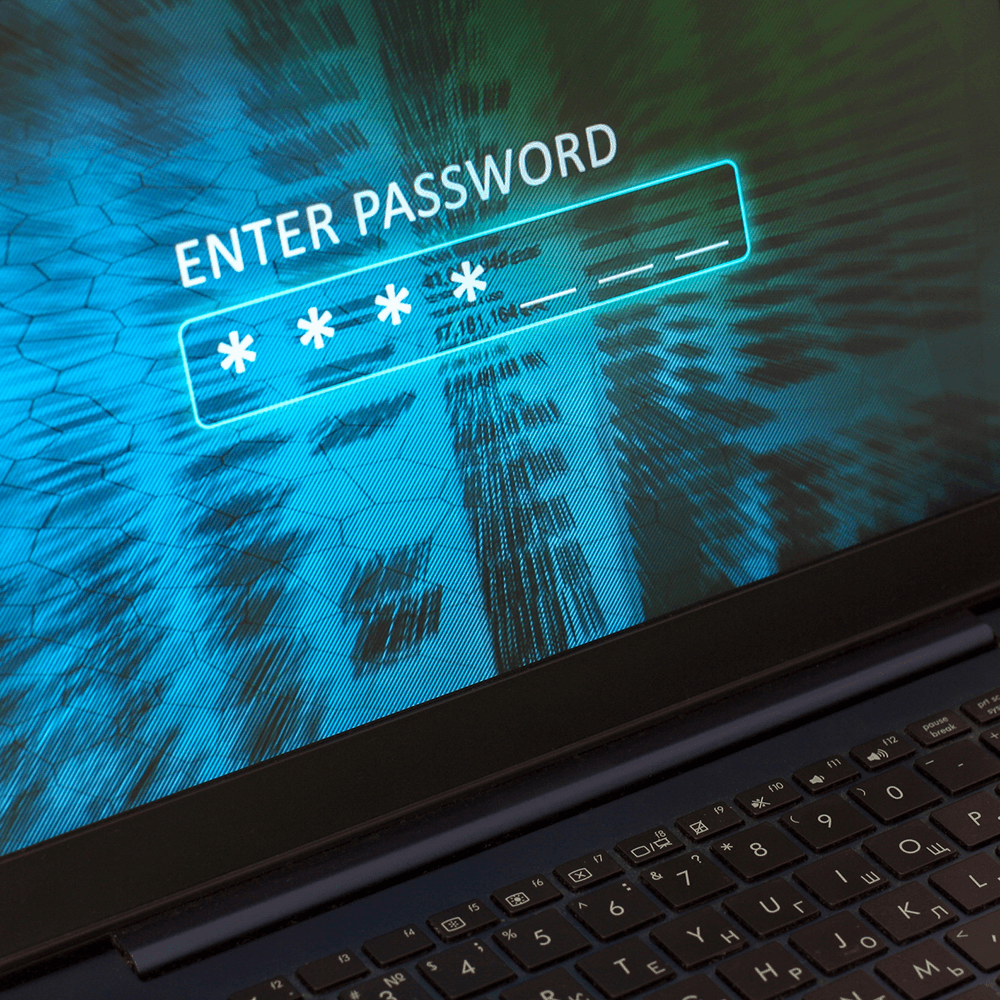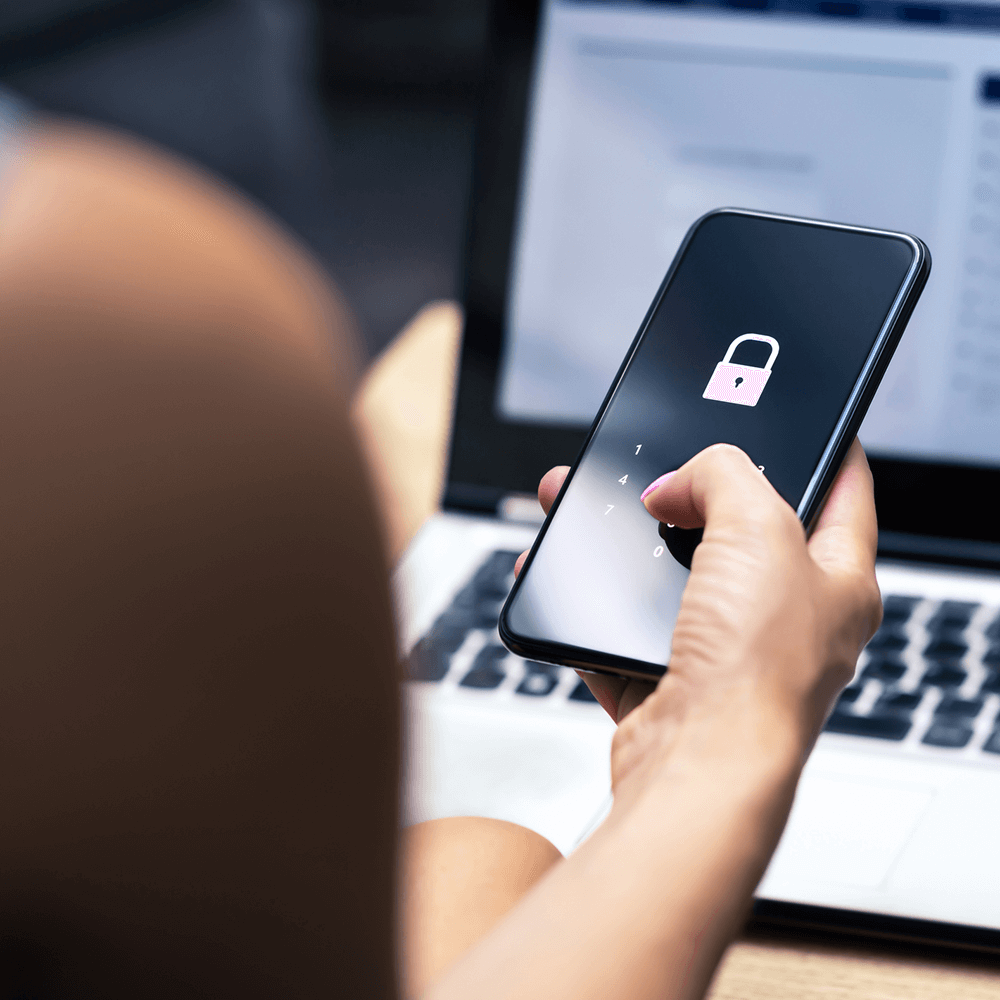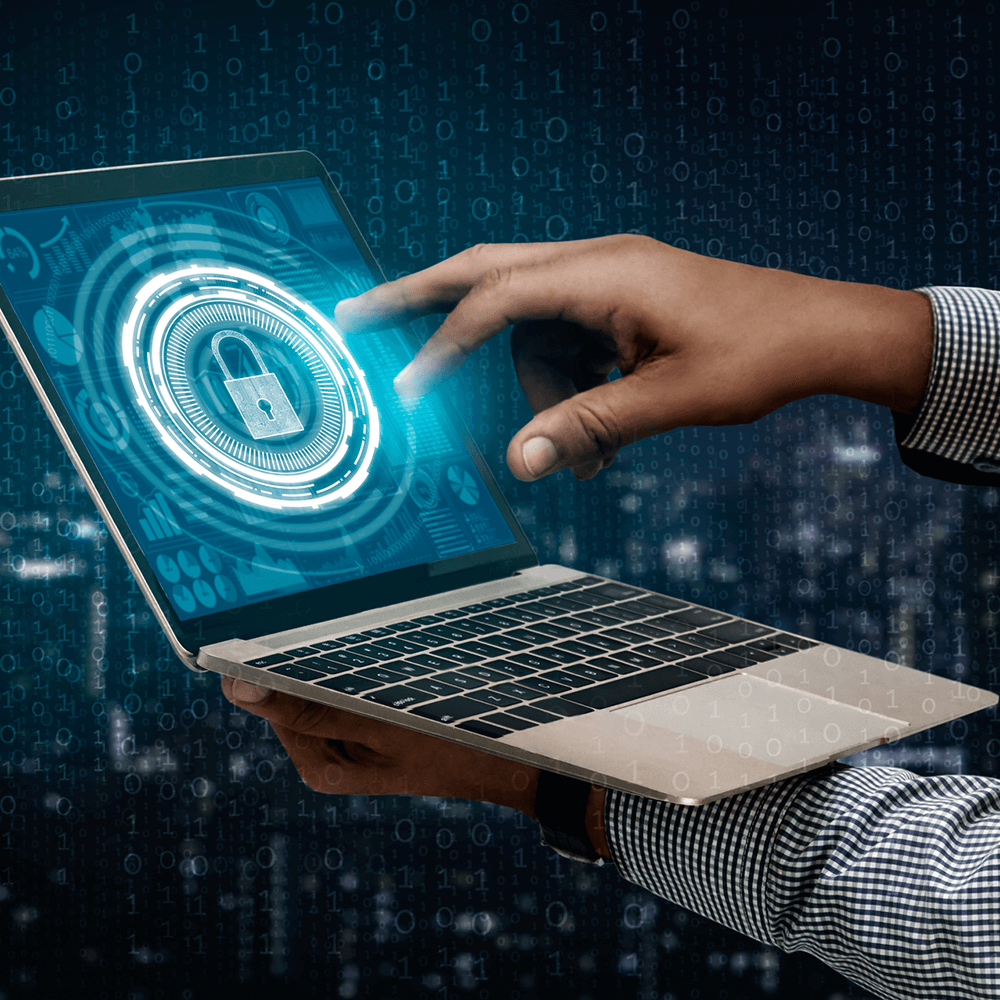
Computer Security
Here are a few computer security tips to help protect you.

Protect your files and devices.
- Keep your software up to date. No matter what operating system, browser or other software you use, keep it up to date. Set it to update automatically so you don’t leave holes hackers can exploit.
- Back up your files. No system is completely secure. Create offline backups of important files. That way, if your computer is compromised, you’ll still have access to your files.
- Use strong passwords. The longer the better — at least 12 characters. Complexity also helps strengthen a password. Mix numbers, symbols, and capital letters into the middle of the password, not at the beginning or end. Don’t use patterns to lengthen a password. Never use the same password for more than one account, or for personal and business accounts.
- Turn on two-factor authentication. For accounts that support it, two-factor authentication requires both your password and an additional piece of information to log in to your account. The second piece could be a code sent to your phone, or a random number generated by an app or a token.
- Don’t leave your laptop, phone or other devices unattended in public, even locked in a car. They may contain sensitive information — and they’re costly to replace.

Think before you share your information.
- Protect account information. Every time someone asks for information — whether in an email, text, phone call or web form — think about whether you can really trust the request. Scammers will say or do anything — or pretend to be anyone — to get account numbers, credit card numbers, Social Security numbers or other credentials. Scammers will rush, pressure or threaten you to get you to give up company information.
- Only give sensitive information over encrypted websites. If you are banking or buying online, stick to sites that use encryption to protect your information as it travels from your computer to their server. Look for HTTPS at the beginning of the web address in the address bar of your browser. Look for HTTPS on every page of the site you’re on, not just where you log in.

Protect your wireless network.
- Set up your router securely. If you don't secure your router, strangers could easily gain access to sensitive personal or financial information on your devices.
- Change the name of your router from the default. The name of your router (often called the service set identifier or SSID) is likely to be a standard, default ID assigned by the manufacturer. Change the name to something unique that only you know.
- Change your router's pre-set password(s). Hackers know the default passwords, so change yours to something only you know.
- Keep your router’s software up to date.
- Turn off any “remote management” features. Some routers offer an option to allow remote access to your router’s controls, such as enabling the manufacturer to provide technical support. Never leave this feature enabled.
- Use encryption on your wireless network. Encryption scrambles the information you send into a code so that it’s not accessible to others. Wireless routers often come with the encryption feature turned off.
- Limit access to your network. Allow only specific devices to access your wireless network.

